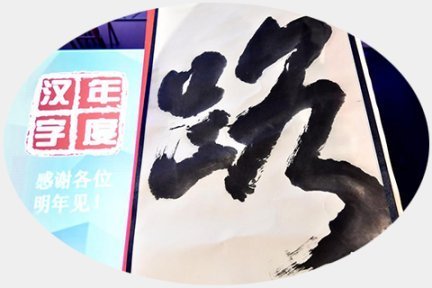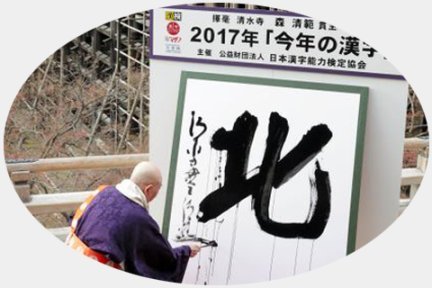Which Chinese Character Would You Use to Sum Up 2017?
Each year we are seeing Chinese become more and more popular, all around the world, but especially in Asian countries. As 2017 is done, Asian countries have chosen a Chinese “Character of the Year” that best sums up their dominant life and cultural stories of the past 12 months. Read these and see if you get any inspiration to choose one for your own 2017 story!
1. Country: Malaysia
Chinese Character of the Year: 路 (Lù) Road

The selection of “路 (Lù) Road” not only reflected people’s better understanding of the China-proposed “一带一路 (Yí dài yí lù) Belt and Road” initiative, but also embodied people’s expectations and hopes to lead a better life. The infrastructure development of Malaysia has benefited from the “一带一路 (Yí dài yí lù) Belt and Road” construction, including new mass transit systems and more to aide in the transportation sector of the country. But the choice of this character also refers to the public’s hopes that more opportunities will be gained and a better future will be seen in Malaysia for 2018.
Examples about how to use “路 (Lù)” in daily life:
Nǐ néng gàosù wǒ qù huǒchēzhàn de lù ma?
你 能 告诉 我 去 火车站 的 路 吗?
Can you tell me the way to the railway station?
Wǒmen zǒu le lìng yī tiáo lù.
我们 走 了 另 一 条 路。
We took another road.
What Chinese character came in second for Malaysians? Tiredness!
2. Country: Japan
Chinese Character of the Year: 北 (Běi) North.

The choice of the Chinese character “北 (Běi) North” seems to show that the intense standoff with North Korea is definitely on Japan’s mind. “北 (Běi) North” is used to write the country name, North Korea. North Korea’s nuclear warhead and ballistic missile tests encroached on Japan’s territory. The character is also used in the spelling of “北海道 (Běihǎidào) Hokkaido”, Japan’s northern prefecture. This is where one of North Korea’s missiles flew over in Japan.
This choice of character was announced on December 12th, 2017 the same way it has been announced for the past 22 years, by the writing of it on a large piece of calligraphy paper by a monk in front of a very famous temple in Kyoto.
Examples about how to use “北 (Běi)” in daily life:
Wǒmen xūyào wǎng běi zǒu.
我们 需要 往 北 走。
We need to go to the north.
Nà tiáo hé zài wǒmen xuéxiào de běibiān.
那 条 河 在 我们 学校 的 北边。
That river is in the north of our school.
Quiz:
1. Choose the appropriate words to fill in the blank.
Qǐng wèn zhè shì wǎng ____ zǒu de ____ ma?
请 问 这 是 往 ____ 走 的 ____ 吗?
A. 路 (lù);北 (běi)
B. 北 (běi);路 (lù)
C. 北 (běi);北 (běi)
D. 路 (lù);路 (lù)
source: eChineseLearning